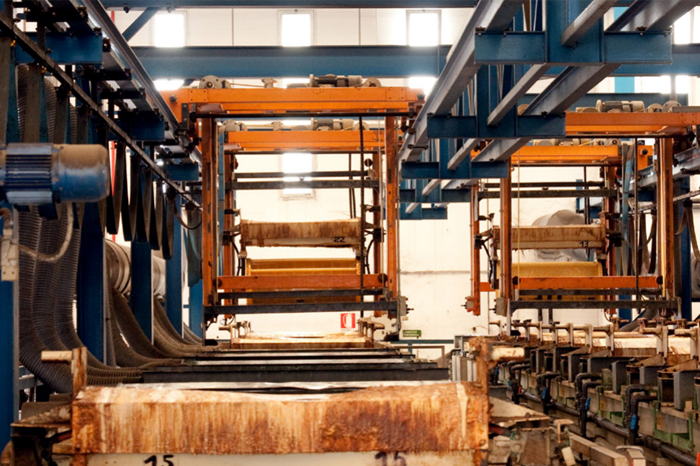
Case study highlights:
- Commodity ZVI and 3-D Microemulsion/CRS rapidly reduced Cr(VI) concentrations, achieving remarkable reductions within months.
- S-MicroZVI® and 3-D Microemulsion offered improved distribution and reactivity, addressing previous limitations in the remediation process.
- The use of S-MicroZVI® and 3-D Microemulsion led to a rapid 99% reduction in Cr(VI) concentrations, securing regulatory closure for a long-standing contamination case.
This case study focuses on the successful remediation of hexavalent chromium (Cr(VI)) contamination at a chrome plating facility in the Midwest of North America. Decades of ineffective pump & treat (P&T) operations led to the need for a cost-effective and rapid solution to achieve regulatory closure.
Enviroforensics, an environmental engineering and remediation firm, directed the pilot test efforts, which aimed to determine the optimal remedial approach for Cr(VI) treatment.
The study found that in situ chemical reduction combined with in situ bioremediation (ISCR-BR) effectively reduced Cr(VI) concentrations, with promising results from two different remediation amendments: a viscous zero-valent iron (ZVI)/organic mixture and a 3-D Microemulsion/Chemical Reducing Solution® (CRS) mixture. Demonstrating that the combination of S-MicroZVI® and 3-D Microemulsion for ISCR-BR is a highly effective and efficient solution for remediating Cr(VI) contamination, particularly in situations where minimal disruption is crucial. These colloidal amendments offer superior distribution capabilities, making them ideal for treating a wide range of contaminants in various subsurface environments.
2m 55s reading time


 Americas
Americas Europe
Europe Français
Français Deutsch
Deutsch Italiano
Italiano Español
Español
